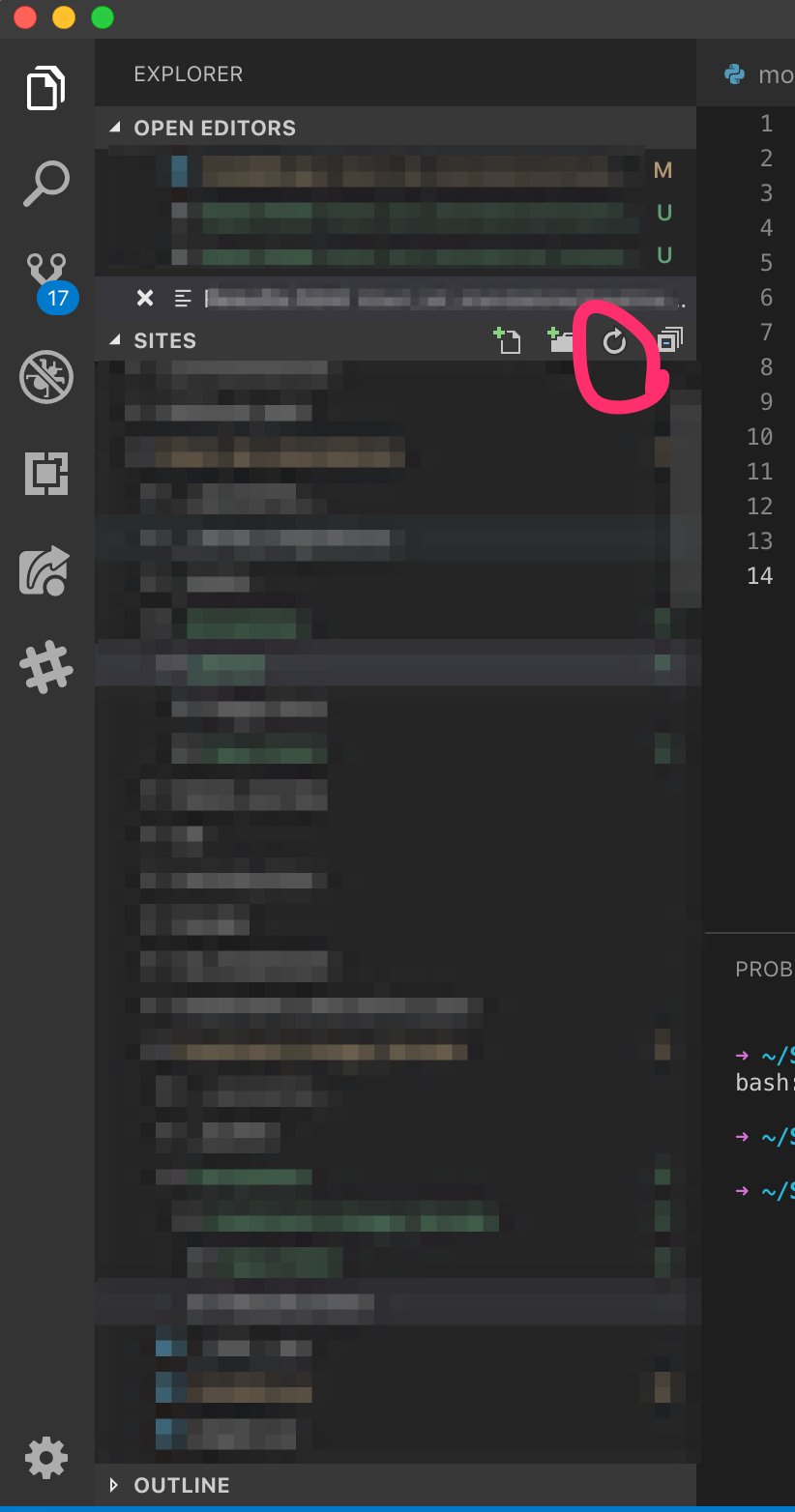To refresh Visual Studio Code quickly, simply press `Ctrl + R` or `Cmd + R` on your keyboard. This shortcut will reload the editor, updating any changes made to files or extensions. If you find your workspace lagging or experiencing issues, knowing how to refresh VSCode can be a game-changer. Stay tuned to discover more useful tips for optimizing your coding environment.
How to Refresh VSCode
Welcome to our guide on how to refresh VSCode! If you ever find your Visual Studio Code (VSCode) acting sluggish or encountering issues, giving it a thorough refresh can help improve its performance and functionality. In this article, we will explore various ways to refresh VSCode and keep it running smoothly.
1. Closing and Reopening VSCode
One of the simplest ways to refresh VSCode is by closing the program and reopening it. This action can help clear any temporary glitches or issues that may be affecting the software.
To close VSCode, simply click on the ‘X’ button at the top right corner of the window. Wait for a few seconds, then reopen VSCode either by clicking on its icon or searching for it in your applications menu.
2. Restarting VSCode
If closing and reopening VSCode doesn’t solve the problem, you can try restarting the program completely. This process involves not only closing the application but also ensuring that all its background processes are terminated.
To restart VSCode, follow these steps:
- Close VSCode as mentioned in the previous step.
- Open your task manager by pressing Ctrl + Shift + Esc (Windows) or Command + Option + Esc (Mac).
- Locate any VSCode processes running in the background and end them by selecting them and clicking ‘End Task’ (Windows) or ‘Force Quit’ (Mac).
- After ensuring all VSCode processes are terminated, reopen VSCode.
3. Clearing Workspace State
Another effective way to refresh VSCode is by clearing the workspace state. This action helps to reset the current state of your workspace, potentially resolving any issues related to the project you are working on.
To clear the workspace state in VSCode:
- Press Ctrl + Shift + P (Windows) or Command + Shift + P (Mac) to open the command palette.
- Type ‘workspaces’ and select ‘Clear Workspace State’ from the options.
- Confirm the action, and VSCode will reset your workspace state.
4. Updating VSCode
Ensuring that you are using the latest version of VSCode is essential for optimal performance. Regular updates not only introduce new features but also address any bugs or performance issues present in previous versions.
To update VSCode:
- Open VSCode and click on the gear icon at the bottom left corner to open the settings.
- In the settings menu, select ‘Check for Updates’ to see if there are any available updates.
- Follow the on-screen instructions to download and install the latest version of VSCode.
5. Clearing VSCode Cache
Over time, VSCode accumulates cache files that can impact its performance. Clearing the cache can help refresh VSCode and improve its speed and responsiveness.
To clear the cache in VSCode:
- Close VSCode if it is running.
- Navigate to the following directory:
- Windows: %APPDATA%\Code
- Mac: $HOME/Library/Application Support/Code
- Linux: $HOME/.config/Code
- Delete the contents of the ‘Cache’ folder within the VSCode directory.
- Restart VSCode and notice the improved performance.
6. Disabling Extensions
Extensions in VSCode can sometimes cause conflicts or slow down the software. Disabling unnecessary or problematic extensions can help refresh VSCode and make it run more efficiently.
To disable extensions in VSCode:
- Open VSCode and click on the extensions icon in the activity bar on the side.
- Locate the extensions you want to disable and toggle them off.
- Restart VSCode to apply the changes.
Congratulations on completing our guide on how to refresh VSCode! By following the steps outlined in this article, you can ensure that your Visual Studio Code remains in top shape, providing you with a smooth and efficient coding experience.
Remember, regularly refreshing VSCode, updating it, clearing cache, and managing extensions are essential practices to maintain its performance and functionality over time. Happy coding!
Quickly Refresh / Reload Visual Studio Code (VS Code) when having issues #shorts
Frequently Asked Questions
How can I refresh Visual Studio Code to see the latest changes in my files?
To refresh Visual Studio Code and view the most recent changes in your files, you can simply press the “Ctrl + R” keyboard shortcut or click the “View” menu in the top toolbar and select “Reload”. This will refresh the editor and display the updated content.
Is there a quick way to reload all the files and folders in Visual Studio Code?
Yes, you can reload all files and folders in Visual Studio Code by clicking on the circular arrow icon located at the top right corner of the sidebar. This action will refresh all the files and folders in your workspace.
Can I set up an auto-refresh feature in Visual Studio Code to automatically update changes?
Visual Studio Code does not have a built-in auto-refresh feature. However, you can install extensions like “Live Server” or “Live Preview” from the Visual Studio Code marketplace, which provide live preview and auto-refresh capabilities for web development projects.
Final Thoughts
To refresh vscode, simply press ‘Ctrl + R’ or use the command palette. It’s essential to keep your workspace clean for optimal performance. Regularly closing unnecessary tabs and restarting vscode can help maintain its speed. Remember, knowing how to refresh vscode is key to a smooth coding experience.

